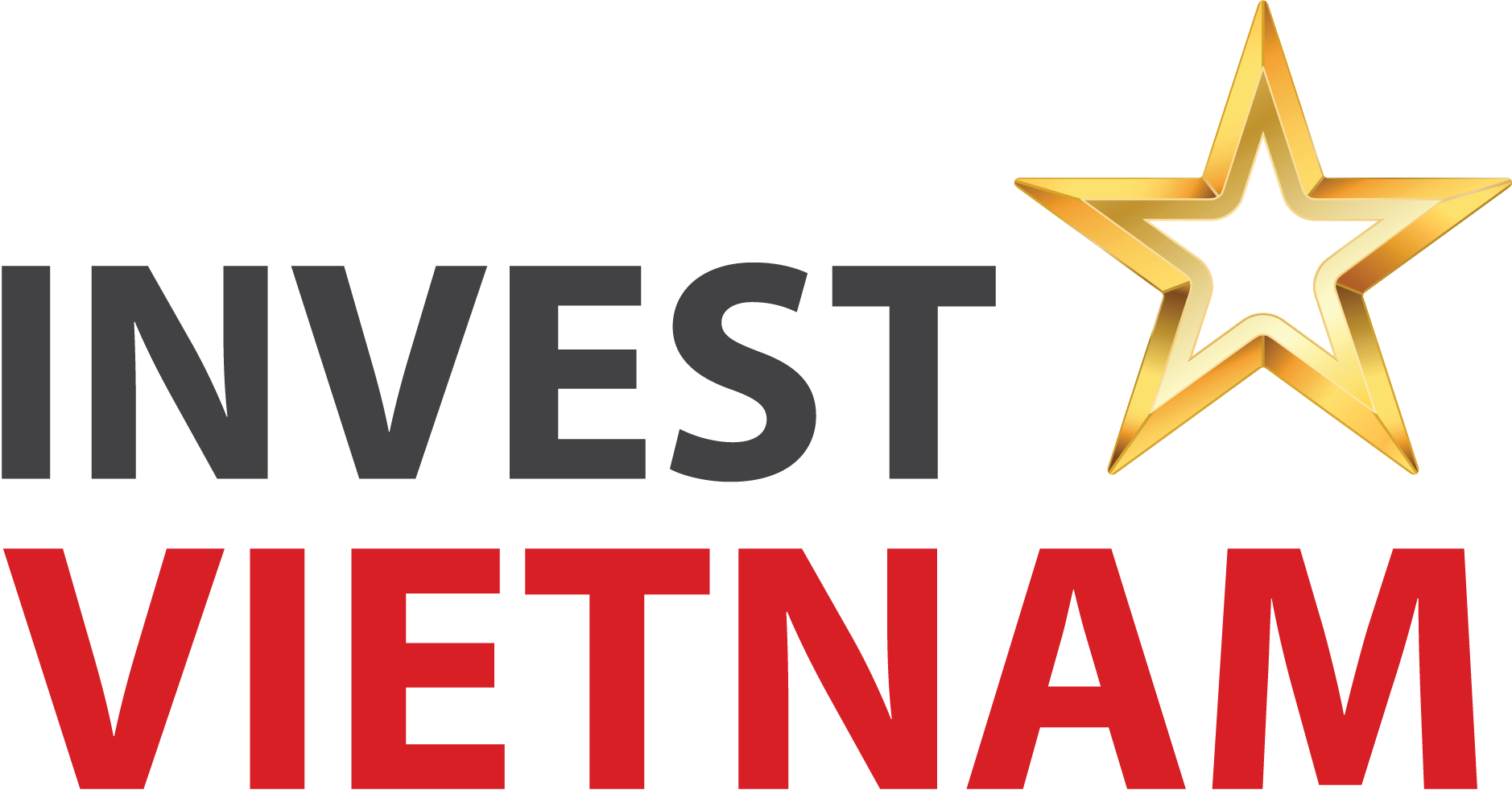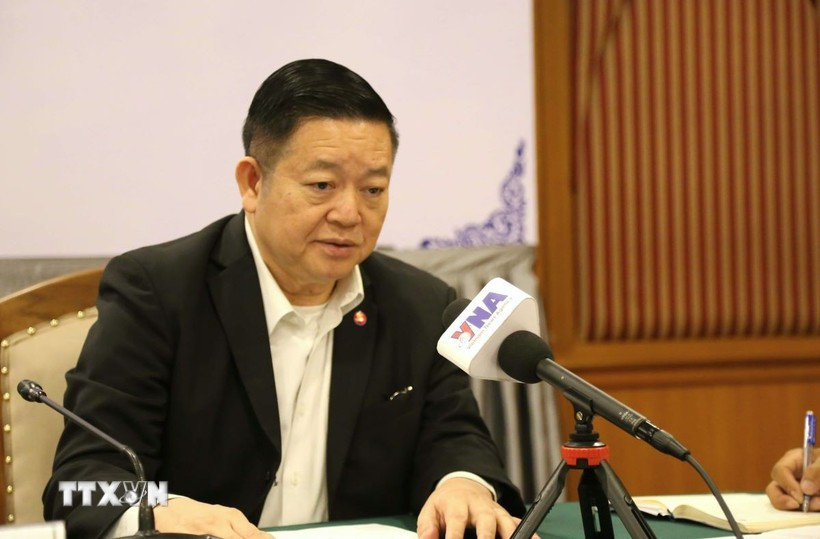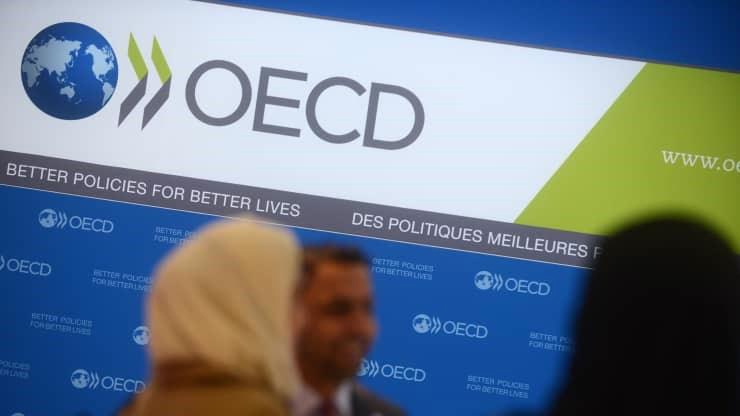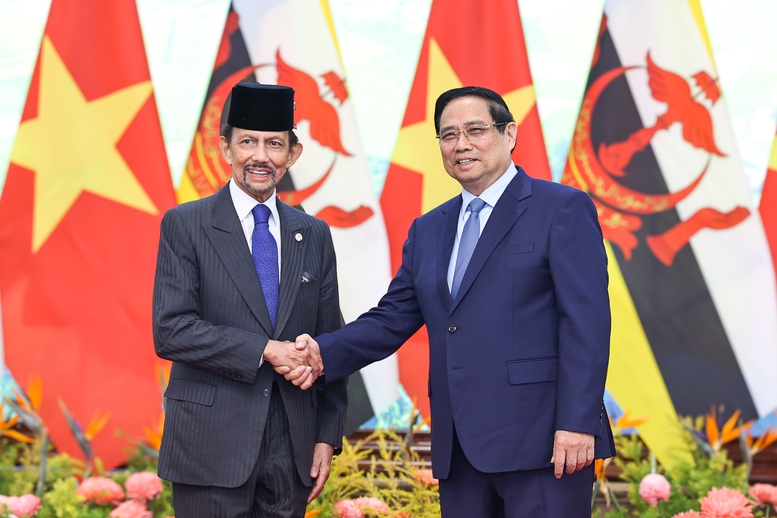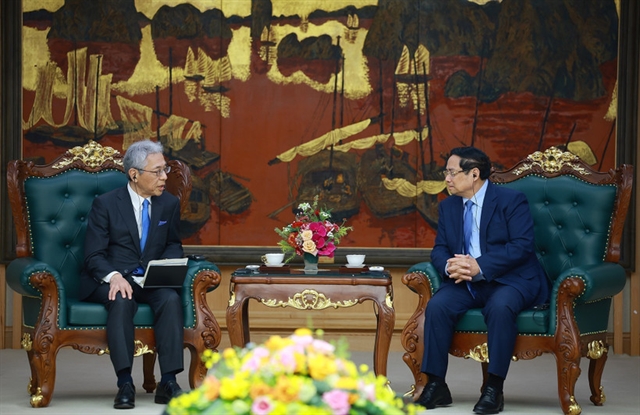EVFTA marks five years with nearly $300 billion in Vietnam-EU trrade
Five years since its entry into force, the EU-Vietnam Free Trade Agreement (EVFTA) has catalysed nearly $300 billion in two-way trade, establishing Vietnam as the EU’s top trading partner in ASEAN and its 16th largest globally.
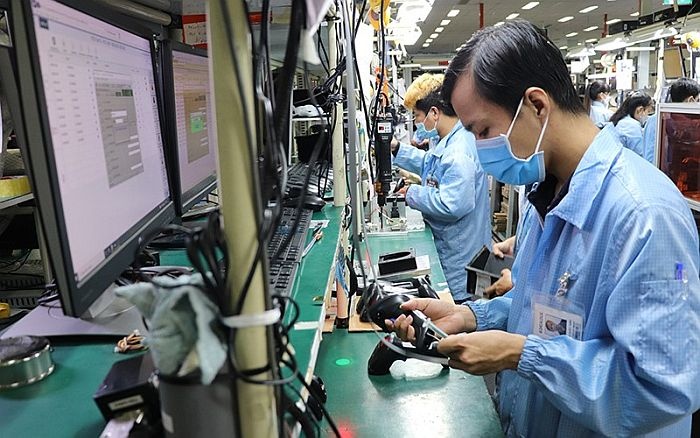
In an era marked by rising global tensions and trade fragmentation, the EVFTA stands as a testament to inclusive, rules-based cooperation – one rooted in shared values, sustainability, and long-term strategic alignment.
Signed on June 30, 2019 and entering into force on August 1, 2020, the EVFTA is one of the EU’s most comprehensive and ambitious trade agreements with a developing nation. It has already eliminated over 70 per cent of tariffs on various goods, with the remaining reductions, up to 99 per cent, to be phased in over the coming years. Beyond tariff liberalisation, the agreement also improves market access, strengthens intellectual property protection, and enhances regulatory transparency.
It also fosters the long-term alignment of values and standards – a point EuroCham chairman Bruno Jaspaert highlighted as central to the agreement’s success. “In today’s climate of mounting geopolitical uncertainty and unilateral tariffs, the EVFTA stands as a beacon of trust and cooperation. This year, August 1 not only marks the EVFTA’s fifth anniversary but also a pivotal moment in the global trade landscape.
“As the world turns its attention to the fine print of new trade deals and the real enforcement of ‘reciprocal tariffs’ from the US, the EVFTA offers clarity and certainty. Its detailed provisions and mutual commitments between Vietnam and the EU show that aligned standards and open markets can deliver concrete growth and shared prosperity.”
In fact, since its implementation, EU-Vietnam trade has grown significantly. Preliminary data from Vietnam’s National Statistics Office shows that EU-Vietnam two-way trade reached $298 billion between August 2020 and May 2025 alone. This five-year figure accounts for nearly 40 per cent of the $815 billion in cumulative trade recorded over 30 years of economic and trade cooperation since 1995, powerful proof of the EVFTA’s catalytic impact.
Vietnam now leads in ASEAN and is 16th in the world for goods trade with the EU, exporting everything from electronics and textiles to furniture and agri-food products. In return, Europe is Vietnam’s third largest exporting destination and fourth largest source of imports, supplying high-tech machinery, vehicles, pharmaceuticals, and green technologies.
Seizing opportunities and managing frictions
Beyond tariff reductions, the EVFTA has opened new doors for European businesses to tap into Vietnam’s rapidly growing domestic market, from public-private partnerships to incentivised foreign direct investment. With a population of 100 million, including a 55-million-strong workforce, Vietnam offers European firms wide-ranging opportunities for deeper supply chain integration and long-term market expansion.
In sectors such as sustainable agriculture, digitalisation, and green energy, European expertise complements Vietnam’s resource base and development priorities. For instance, European innovations in digitalised, sustainable farming are enhancing productivity and quality across Vietnam’s agri-food and aquaculture sectors, areas where Vietnam remains a vital supplier to the European market. At the same time, the EVFTA positions Vietnam as a reliable alternative hub in an increasingly disrupted global trade environment.
On the other side of the equation, the EU remains a highly attractive destination for Vietnamese exporters. With a combined GDP of $29 trillion (in purchasing power parity terms) and a population of over 450 million consumers, the EU is the world’s largest single market. Governed by transparent rules and predictable regulations, it offers a GDP per capita of more than $43,000, according to a World Bank report in 2024, making it a premium market for high-quality Vietnamese goods.
Yet even as benefits grow, challenges persist. Nearly 37 per cent of surveyed firms reported customs valuation discrepancies, while others cited unclear regulations, inconsistent enforcement, and lack of alignment between EU and Vietnamese authorities. These frictions limit the full potential of the agreement.
EuroCham vice-chair in charge of advocacy, Jean-Jacques Bouflet, who was among the EU’s lead negotiators for the EVFTA, reflected on the evolving nature of the agreement. “When we negotiated the EVFTA, every clause was designed to ensure both productivity and integrity. We anticipated complexity and worked hard to strike the right balance. But implementation is always a journey. It requires continual adjustments, constructive discussions, and a business-focused mindset.”
Navigating trade diplomacy with origin stories
One such area of ongoing complexity is Rules of Origin. While central to securing tariff preferences, they remain difficult to apply in practice. Many Vietnamese exports rely on raw materials from third countries, making it difficult to meet origin criteria. Although the cumulation rule allows inputs from certain partner countries, complicated documentation and fragmented supply chains often hinder compliance.
Vice-chair Bouflet contended, “At this point in time, the precise definition of the new requirements imposed by the US on so-called ‘transhipped’ goods remains unclear. This uncertainty could severely affect established Rules of Origin, especially when imported inputs are incorporated into Vietnamese-manufactured products. That is why EuroCham continues to advocate for further lifting of technical and non-technical trade barriers, clearer guidance on HS codes and customs valuation, as well as cross-referencing frameworks within and between customs authorities.”
“These measures are essential to safeguard supply chain resilience and ensure businesses can move forward with confidence. More broadly, they highlight the importance of economies upholding shared values and honouring existing FTA commitments, agreements that have already delivered tangible results and require continued dialogue to reach their full potential, particularly in today’s increasingly complex global trade environment,” he added.
In this context, Certificates of Origin (C/O) have become indispensable tools for businesses navigating global trade. Today, 56 per cent of EuroCham BCI respondents submit C/O documents monthly. A growing number also cite them as critical for ensuring compliance, gaining preferential treatment, and building trust in end markets.
Gateway to deeper EU-Vietnam relations
According to the World Trade Organisation, there are now 328 FTAs in force globally, compared to just 98 in 2000. Vietnam has signed 17 FTAs, positioning itself at the heart of regional and global trade networks.
As the EU and Vietnam celebrate both five years of EVFTA and 35 years of EU-Vietnam diplomatic relations, the focus now shifts towards deepening and future-proofing this partnership. The EU-Vietnam Investment Protection Agreement is still pending ratification by a few remaining EU member states, but once fully in force, it will provide a critical legal framework to protect and encourage long-term European investments in Vietnam.
Momentum is also building towards a comprehensive strategic partnership, a natural next step for two partners increasingly aligned on trade, sustainability, and global governance.
“Five years in, the EVFTA is proof that real partnership works,” said EU Ambassador Julien Guerrier. “It has strengthened trust, encouraged trade, and brought tangible benefits to both sides. Of course, the global trade environment is evolving, but that only makes our continued cooperation more important. The EU remains firmly committed to working with Vietnam towards a green, resilient, and prosperous future.”
By Thanh Van
Source: VIR
Original link